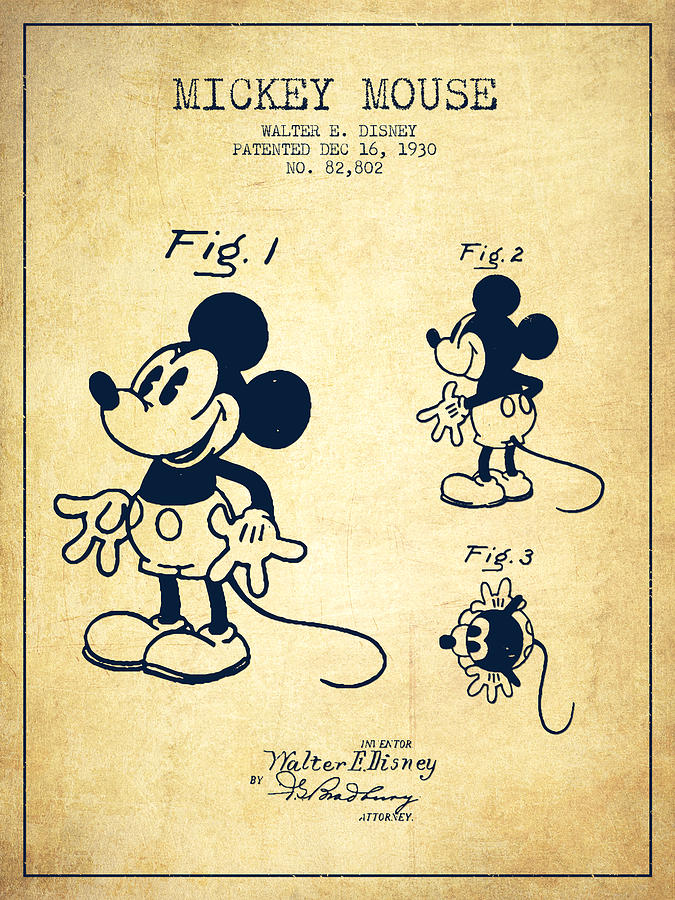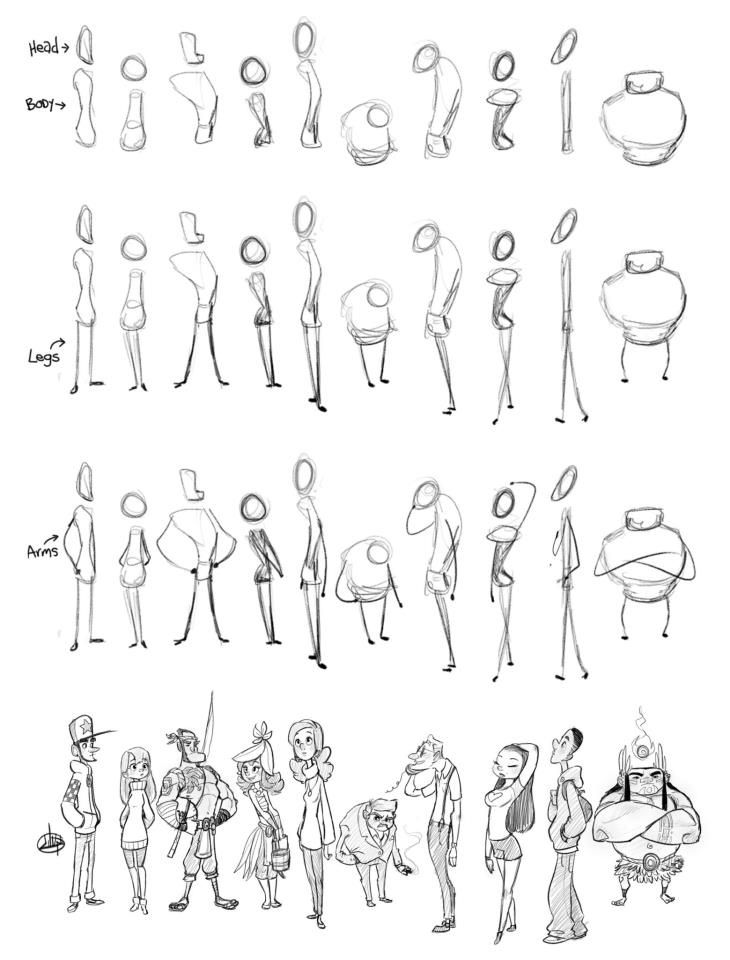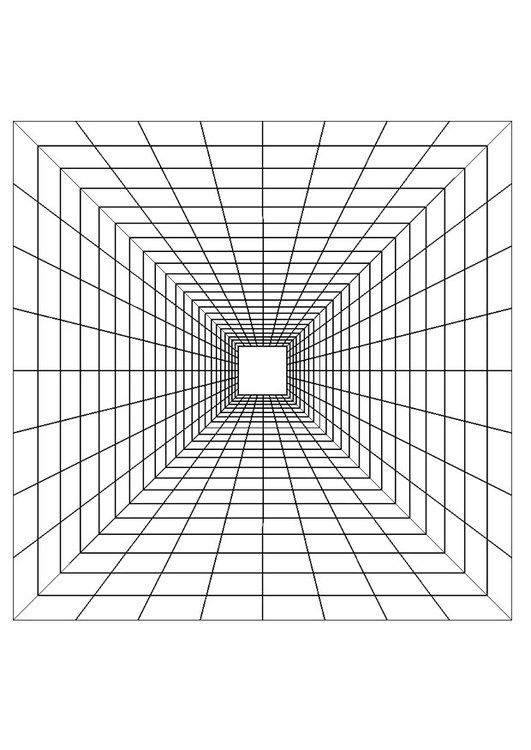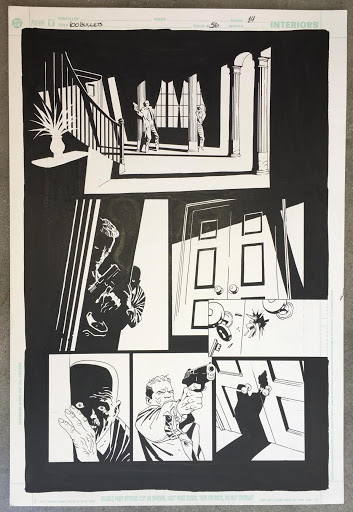Content begins here
Contenido de la página principal
Pulsa para colapsar
About the readability of the panel, the page and the general fluency
Objectives
In this lesson, we will learn and to understand how to compose the elements necessary for the story in the correct form. The space within the panels must be well organised according to the rules of readability.
Who we are drawing for
Keeping in mind the target audience of our comic is not only useful for the writing but also for the drawing style. Although simpler drawings do not always work with younger readers and more complex drawings with more experienced readers.

A word about details
Depending on how close the frame is, details vary in intensity. (a_2) Both in order to respect natural human vision and the correct perception of distances. Or because too many details crowd the panel.
Anatomy and expressiveness
Even when we tell stories about ducks and mice, human egocentricity always comes out.

Knowing the human figure
There is no doubt that human beings love to represent themselves. Whether we use a simple style or a more descriptive one, anatomy is an important tool to create an empathic bond with the reader.
Knowing human expressions
The face and facial expressions are the field on which the game of identification and empathy is played . Therefore, a proper study of the face and expressions also serves to simplify them as much as possible; like an emoji. Acting out bodies Posture, hand movements, the way people walk are just a few aspects that characterise people, let alone drawings. To check if the acting of your drawn bodies works, use silhouettes.
The body in space
The body does not move in nothingness, it has a plane underneath it, the earth's surface, and is subject to gravity (unless it is Superman). So when he is sitting, taking the bus, climbing the stairs or answering the phone he is always interacting with a space and objects. Depth, light and shadow Light and shadow give us the field of vision we know.
Reasoning by planes
A simple way to manage objects in space is to imagine them arranged in a series of parallel lines. Those closest to you are in the foreground, immediately afterwards in the second plane and back to the background; like theatre backdrops.
Drawing space

For a more complex rendering of space it is desirable to use perspective, an ancient technique that creates the feeling of three-dimensionality on a sheet of paper. Learning to manage one, two or even three vanishing points will give a touch of realism to your drawings.
Values and chiaroscuro
Finally, chiaroscuro, a technique which, although simplified, serves to give the idea of the volumes of a body, an object or a space. With the shadows that are cast and the light sources that influence the perception of what is most important and what passes in the background.

Conclusions
Learning to manage one, two or even three vanishing points will give a touch of realism to your drawings.
Video and PDF presentationPulsa para colapsar
The following video explains the content of this lesson and shows some examples:
Video T3L2. Focus on drawing characters
Here you have the content of the video in pdf in case you need to use it in your classroom:
Lesson contents in PDFPulsa para colapsar
Here you have the contents of the lesson in PDF:

